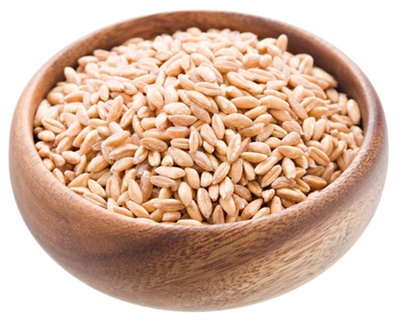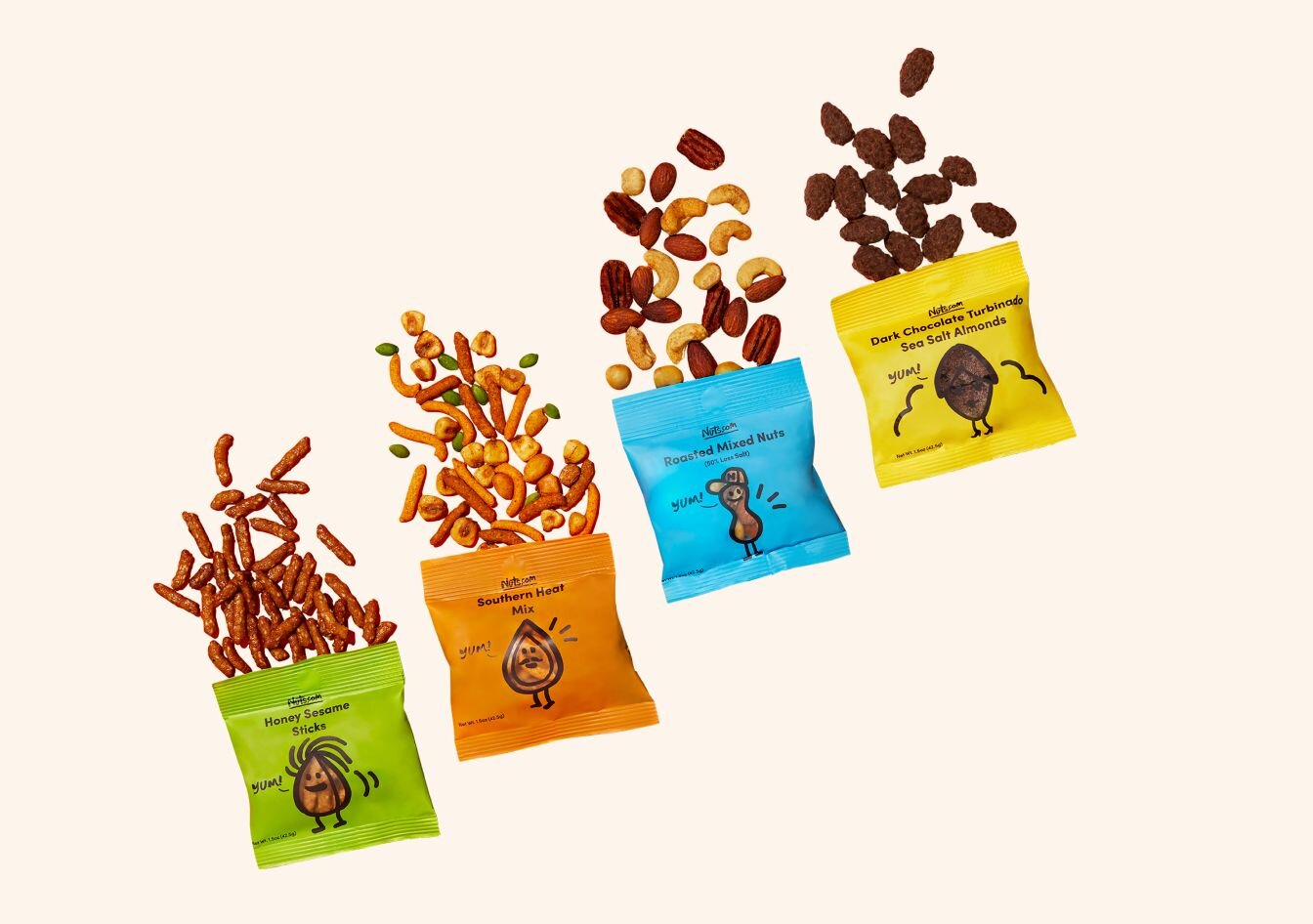Farro
Sort by:
What is Farro?
Due to shared characteristics among the plants and regional differences in horticultural and culinary practices, farro refers to a genus of wheat composed of three species: Triticum dicoccum (emmer or farro medio), Triticum spelta (spelt or farro grande), and Triticum monococcum (einkorn or farro piccolo).
Though German, French and Swiss traditions define farro as spelt, it is more commonly defined as emmer wheat. Emmer farro is a popular ingredient in Italian cuisine. There is also some variance within each species of the grain as they are prepared for culinary purposes. Each type of farro can be found whole, pearled, or semi-pearled.
Pearled farro has had the bran of the grain removed from each kernel of wheat. This process may reduce the nutritional value of the grain and alter its taste, but it ultimately makes the grain much easier to cook. Whole varieties preserve the nutrients of the plant while provides a heartier crunch and earthier taste. Semi-pearled farro has had only some of its bran removed to provide a compromise between pearled and whole varieties.
Many farro aficionados recommend that newcomers start with pearled or semi-pearled farro and work their way up to the more rich and hearty whole variety.
How to Cook Farro
The process of cooking farro will vary depending on how the grain is prepared. Pearled and semi-pearled farro can be made quite easily, while whole farro requires some additional preparation.
- If using whole farro, soak kernels overnight in water.
- Strain whole farro, or rinse pearled and semi-pearled varieties.
- Place 1 cup of farro in pot with 3 cups of water or broth.
- Bring pot to a boil.
- Cover pot and reduce heat to medium low to allow mixture to simmer.
- Allow farro to simmer 20-45 minutes; whole farro will take longer to cook than semi-pearled varieties and semi-pearled longer than pearled. Longer cook times allow for softer texture.
- Drain excess water.
1 cup of uncooked farro will yield 2 cups of cooked farro. Many farro fans enjoy their grain al dente, which calls for a shorter cook time. Find your preference with practice.





